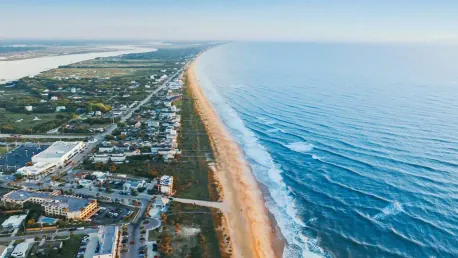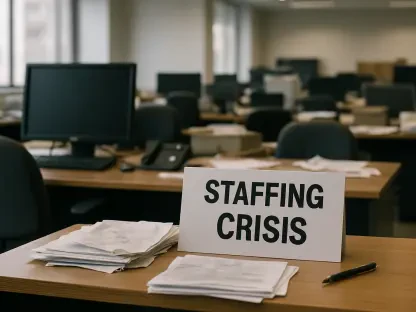From Tourist Gem to Remote Work Haven
What happens when city dwellers seek reprieve from the hustle and bustle during a global pandemic? St. Augustine, Florida, a quaint, historic town cherished for its Spanish colonial architecture and scenic beaches, has become an unexpected destination for remote workers, shifting the town’s identity dramatically.
The Appeal Behind the Move
St. Augustine’s allure for remote workers can be traced to its rich history and relaxed pace of life. The town, with its terra cotta roofs, arched doorways, and historic forts, offers a serene backdrop for those looking to escape urban congestion. Real-world trends show a growing preference for work-life balance, leading many to seek locales that provide both professional flexibility and a high quality of life.
Demographic Shifts Fuel the Transformation
During the pandemic’s peak, St. Augustine saw an influx of remote workers. Statistics from St. Johns County reveal that the number of home-based workers soared from 8.6% to nearly 24%, positioning the county among the top destinations for remote work in the nation. The county’s population, now at 335,000, experienced a growth of more than 20%, driven by individuals seeking better schooling options and relief from crowded cities.
Economic Ripple Effects on the Local Community
The rise of remote work has spurred significant economic changes in St. Augustine. Real estate prices have climbed sharply, with median home prices skyrocketing from $405,000 to nearly $535,000. This rapid appreciation has strained local essential workers, including firefighters, police officers, and teachers, who find it increasingly difficult to afford housing within the county.
Personal Stories and Expert Perspectives
The narrative of St. Augustine’s transformation is enriched by voices like Lori Matthias and Mike Waldron. Matthias, who moved from Atlanta, appreciates the reduced commute and the town’s friendly atmosphere. Waldron’s story exemplifies the financial advantages remote work can bring—selling a Boston home and buying property near a golf course in St. Augustine.
Economic experts like Scott Maynard and Aliyah Meyer offer insights into these changes. Maynard highlights the relocation trends from the Northeast, Midwest, and California, while Meyer explains the effect of cash buyers on the local housing market.
Balancing Act and Future Outlook
With the influx of new residents, communities must find ways to balance their needs with those of the existing population. Strategies like maintaining affordable housing and ensuring essential workers can reside locally are crucial. Considering the broader trend of remote work, similar historic towns might face comparable shifts, underscoring the need for proactive planning.
The narrative of St. Augustine, transformed by remote work, presents a reflection on the broader societal shifts prompted by the pandemic. The town’s historic charm and picturesque scenery have made it a prime destination, yet the challenges of rising housing costs and maintaining community balance remain pressing issues. For other historic towns eyeing a similar path, careful consideration and balanced strategies are essential for sustaining growth and preserving local heritage.









